Can Henbit Serve As A Host Away from Soybean?
Illinois Soybean Association Outreach Agronomist, Stephanie Porter, CCA, shares the challenges of winter annual weeds, highlighting henbit and purple deadnettle as alternative hosts of soybean cyst nematode. Research suggests that managing winter annuals in the fall, applying residual herbicides, and removing winter weeds before planting are crucial strategies for management.
Combating Soybean Cyst Nematode With Advancements In Genomic and Breeding Technologies
Learn about the evolving threat of soybean cyst nematode (SCN) and how researchers are tracking genetic changes in worm populations in response to soybean hosts. Dr. Matthew Hudson and Dr. Andrew Scaboo discuss SCN genome insights and innovative strategies using native genes against resistant SCN variants, such as those in PI 88788 and Peking.
Combating Soybean Cyst Nematode With Advancements In Genomic and Breeding Technologies
Participate in an ILSoyAdvisor webinar on March 14th, discovering the advancements in genomic and breeding technologies to tackle the evolving soybean cyst nematode resistance challenges such as those found in PI 88788 and Peking.
Update on Free Soybean Cyst Nematode Sampling
Nathan Schroeder provides an update on the free Soybean Cyst Nematode sampling initiative, supported by the Illinois Soybean Association check-off program.
Researchers Continue to Strengthen and Refine Soybean SCN Resistance
A team of researchers has been collaborating on a complex project to enhance Soybean Cyst Nematode resistance with long-term, strategic SCN management. The project, supported by the North Central Soybean Research Program, holds great potential for soybean farmers.
A Silent Threat: The Growing Concern of SCN in Soybean Fields
Soybean cyst nematode remains a critical threat to soybean yields, with populations adapting to the predominant source of resistance. The problem is intensifying and farmers are encouraged to monitor SCN and consider diversified management strategies.
Illinois Farmers: Take Advantage of Free Nematode Testing Program
Illinois farmers can now get free testing for soybean cyst nematode (SCN), saving them potentially hundreds of dollars. This initiative, led by the Illinois Soybean Association and the University of Illinois, aims to encourage more farmers to sample their fields to assess SCN populations as this pest has developed resistance over the years.
Exploring Cover Crops as a SCN Management Tool
Soybean cyst nematode poses a significant threat to soybean yields, and despite previous management successes, it has adapted to resistance. Researchers, supported by the Illinois Soybean Association, are investigating the potential of cover crops as a tool to mitigate SCN damage.
Join the Battle Against SCN: Free Soil Sampling Offered to IL Soybean Farmers
The Illinois Soybean Association (ISA) is calling soybean farmers across the state to join the battle against Soybean Cyst Nematode (SCN) by providing free soil sampling to help track and research the largest yield robber in soybeans. ISA announced the check-off funded testing during October, SCN Awareness Month.
Impact of Cover Crops on SCN
As cover crops gain popularity in crop rotations, the question arises: Do they aid or potentially host soybean cyst nematode (SCN)? Dr. Mandy Bish from the University of Missouri Extension examines strip-trial data, particularly regarding cereal rye, which shows no significant enhancement of SCN populations. However, the impact of legume cover crops on SCN remains an area of concern.


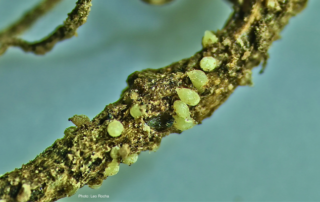

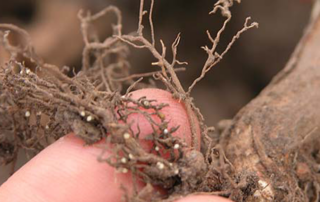
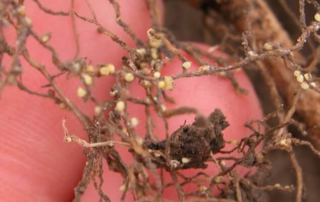

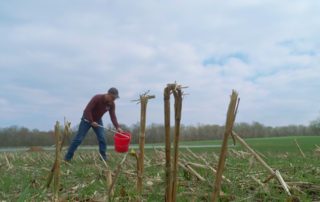

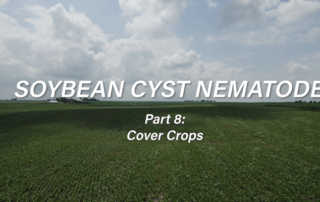

 and then
and then